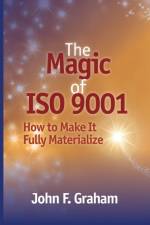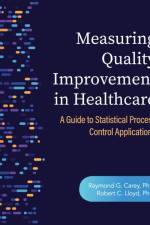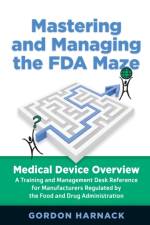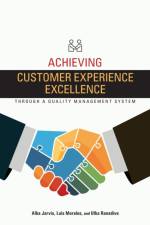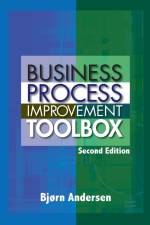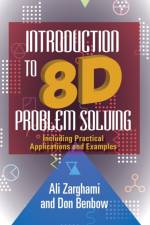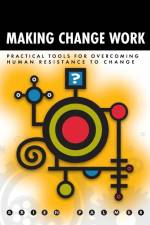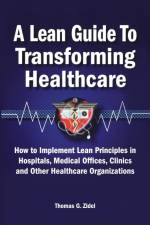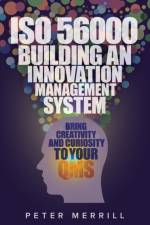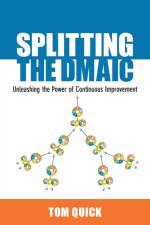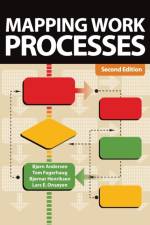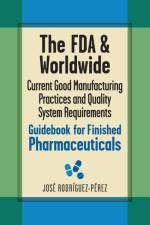von Tom Zidel
74,00 €
This book is an implementation manual for lean tools and principles in a healthcare environment. Lean is a growth strategy, a survival strategy, and an improvement strategy. The goal of lean is, first and foremost, to provide value to the patient/customer, and in so doing eliminate the delays, overcrowding, and frustration associated with the existing care delivery system. Lean creates a better working environment where what is supposed to happen does happen. On time, every time. It allows clinicians to spend more of their time caring for patients and improves the quality of care these patients receive. A lean organization values its employees and encourages their involvement in organizational initiatives which, in turn, sustains hospital-wide quality improvements. The opportunities for lean in healthcare are limitless.This is not a book to be read and forgotten, nor is it meant to sit on a book shelf as another addition to an impressive but underutilized collection of how-to books. As the name implies, it is a guide; a companion to be referenced again and again as the organization moves forward with its lean transformation."This is a well-researched, well-written work by an individual who understands the current healthcare environment. It provides a practical and sound understanding of the concepts and application for Lean and Six Sigma." James R. Bente Vice President, Quality & Organizational Development Memorial Health System"Healthcare quality professionals in the U.S. and abroad could benefit from the content of this book...Comprehensive discussion of lean and its relevance to healthcare, excellent description of techniques and tools, and excellent examples and figures." Luc R. Pelletier, MSN APRN BC FNAHQ FAAN Editor in Chief Journal for Healthcare QualityCOMMENTS FROM OTHER CUSTOMERS Average Customer Rating (4.5 of 5 based on 4 reviews) "This book is easy to read and demystifies the complex world of Lean by clearly explaining what Lean is, what it does, and the tools used; all in the context of healthcare. Because examples illustrate the benefit of Lean not just to the healthcare industry, but to us as patients, the business case is especially compelling. Instructions address technical challenges and draw from best practices in change management. The guide provides a road map for implementation and seasoned insights that leave one trusting that Lean is very doable, and a necessity." A reader in Seattle, Washington "I thoroughly enjoyed this book as it provides concrete and detailedexamples of Lean principles applied to a healthcare environment. I myself am new to healthcare and am overwhelmed at the wealth of opportunities for improvement. I plan on using some lean principles to demonstrate that improvements don't have to be complex or costly to achieve results" A reader in Montreal, Quebec "This is an excellent resource. I consider it 'required reading' for all that are new to Lean / Process Improvement. In my role, I facilitate 5-10 concurrent process improvement projects. This book has been invaluable as a teaching tool. I've asked each project leader to buy, read and study this book. All have commented that it has an easy read, helped them to understand the Lean concepts, and quickly implement the tools. As a group, we're better able to speak the same language and have a common understanding of the tools.brI highly recommended this book. I would also recommend the website (www.leanhospitals.org), wh..." A reader in Wausau, Wisconsin

